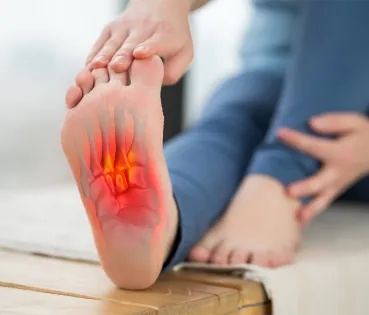
How to optimise the emergency service
Thanks to this screening systems, the priority in the care for each person may be determined, avoiding the collapse of the unit and long waits.
Hospital emergency services (HES) are one of the indisputable pillars of the healthcare system in Spain. According to data from the Spanish Ministry of Health, the hospitals in the National Health System attend, approximately, 23,000 emergencies per month. Added to this figure are the consultations received in the private hospital centres, which are becoming increasingly more usual, and even in the patients’ homes. Another statistic: in 2021, 21 million hospital emergencies were attended according to the Healthcare Information System.
“Emergency care is an essential element of healthcare cover,” Tato Vázquez, Chairman of the Spanish Emergencies Medicine (SEMES) explained during the 72nd Assembly of the World Health Organisation. He added that, for many people, it also forms the first point of contact with the health system.
What is the role of Hospital Emergency Services (HES)?
HES treat the appearance of a health problem for different causes and with different degrees of seriousness and which, generally, require an immediate diagnosis and treatment. Currently, all these areas have highly qualified professionals to act in critical situations. In the emergency rooms, however, the influx of patients never stops and, as they are non-programmed consultations, it is vital to learn to prioritise using an effective and universal criteria. This is when the area of triage takes on essential importance, essential in the emergency areas. This is where the initial valuation of the clinical risk of patients is carried out and the level of urgency determined. Having this initial knowledge allows, in turn, people to assign the resources that are needed at this moment.
In order for these resources not to be wasted, it is also essential for citizens to use the services correctly. Many experts are demanding the promotion of healthcare education in the population which, amongst other aspects, helps to recognise the symptoms that require urgent intervention or know when it is better to visit other healthcare services first.
Screening in a critical sitiuation
In recent decades an important increase in the triage systems has occurred; that is to say, the methods that help to evaluate the patients who are waiting to be seen in the hospital emergency areas. In Spain, one of the most implanted systems is the SET (Structured Triage System) this is based on five levels of prioritisation and it is endowed with computing programme to help with the valid clinical decision for hospital emergency services, but also for telephone triage or in primary healthcare. It is a frequently-used model that is used to evaluate both adult patients and paediatric emergencies. On the other hand, the MTS, known as the Manchester Triage is also very normal in Spanish healthcare centres.
Both models are based on the urgency of the consultation and they are carried out by the nursing team which is backed up by the centre’s medical team. They are adapted methods to establish the visiting time or the admission rate and they help to decongest the entry to a hospital’s emergency department. All of this thanks to the implantation of clinical algorithms. That is to say, systems such as the Manchester triage improve the patient flow in the emergency department and allow the patients to be seen in terms of their seriousness and not by the order of arrival at the healthcare centre.
In particular, the Manchester triage is one of the best known screening methods and it is used in both European and health centres all over the world. It introduces the concept of symptomatic and discriminant category, in addition to a possible telephone screening. This internationally-used method is based on a classification by colour that indicates the seriousness of the patients and, therefore, establishing the priority of the attention. Five phases are established and each of them has a higher or lower risk associated to it. Also, this system, which has been modified over the years, identifies the maximum time that should pass until a doctor attends this patient.
Other triage systems
Beyond these two common systems in the Spanish healthcare system, other models such as the Australasian Triage Scale (ATS), the Canadian Triage Action Scale (CTAS) or the Emergencies Seriousness Index (ESI) are also internationally recognised. And added to all these models, is the implantation, becoming increasingly more common, of artificial intelligence in the healthcare centres. Therefore, for example there are applications and programmes based on AI, such as Mediktor, which precisely, helps triage to be carried out in the Emergency Department.




